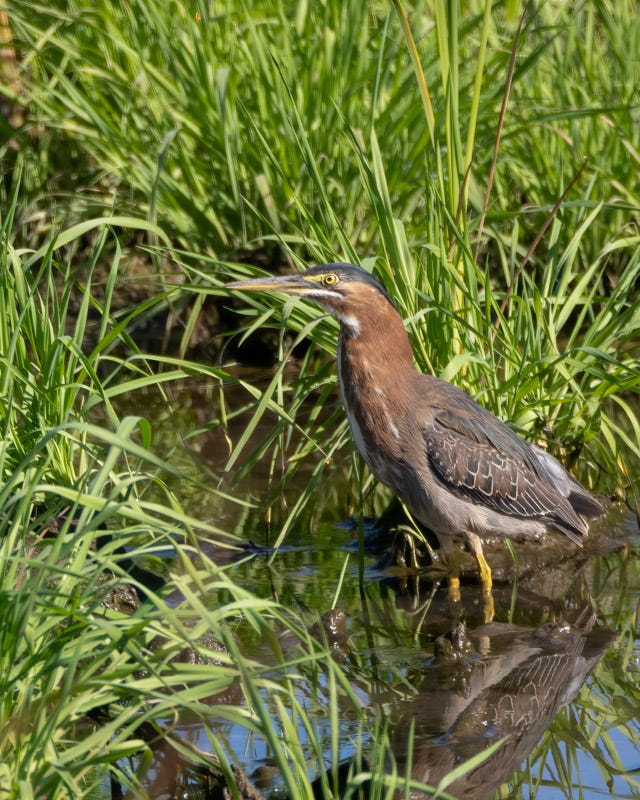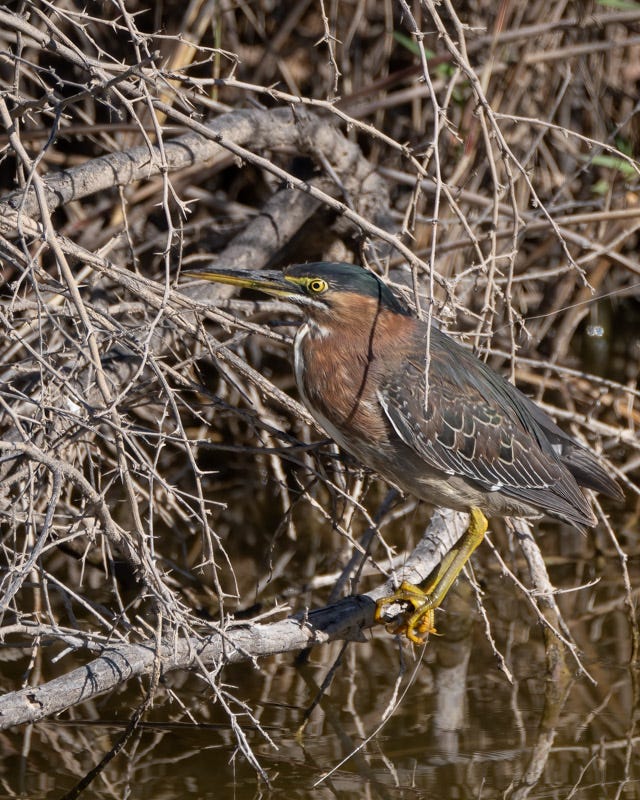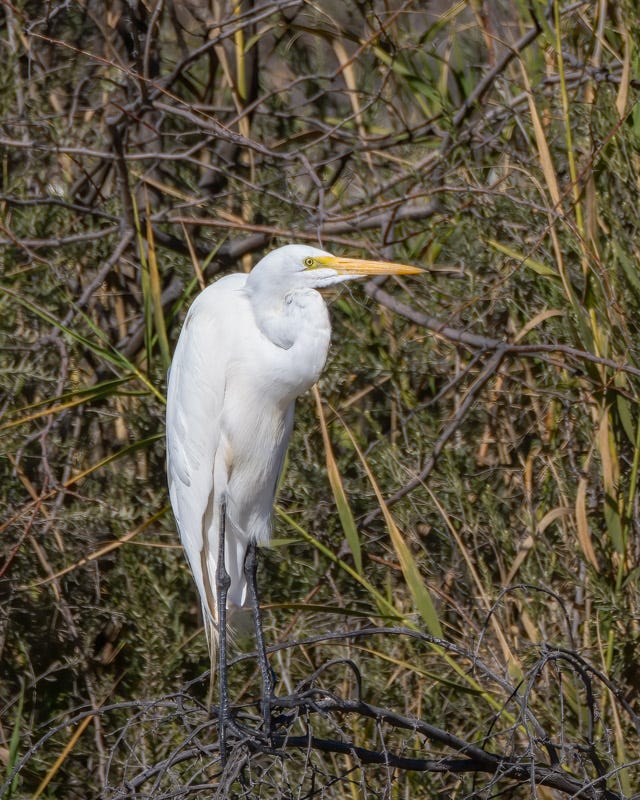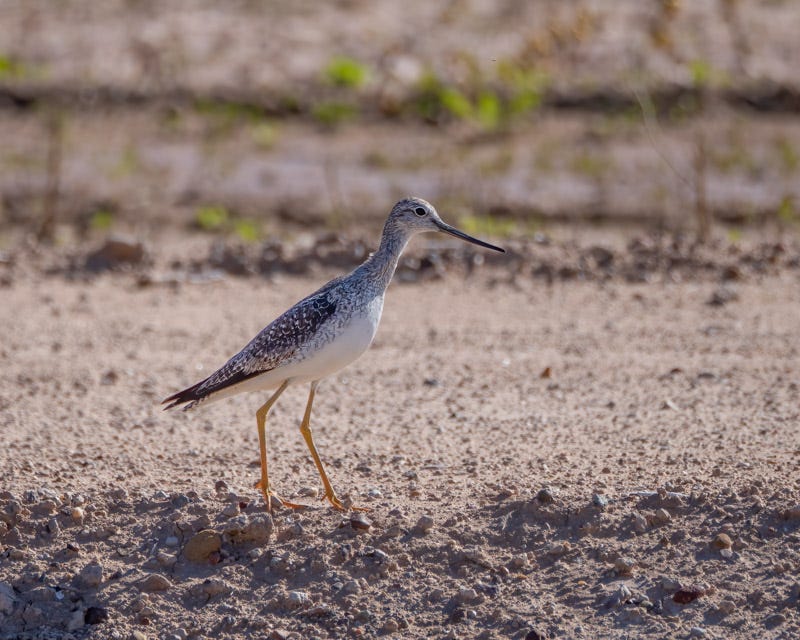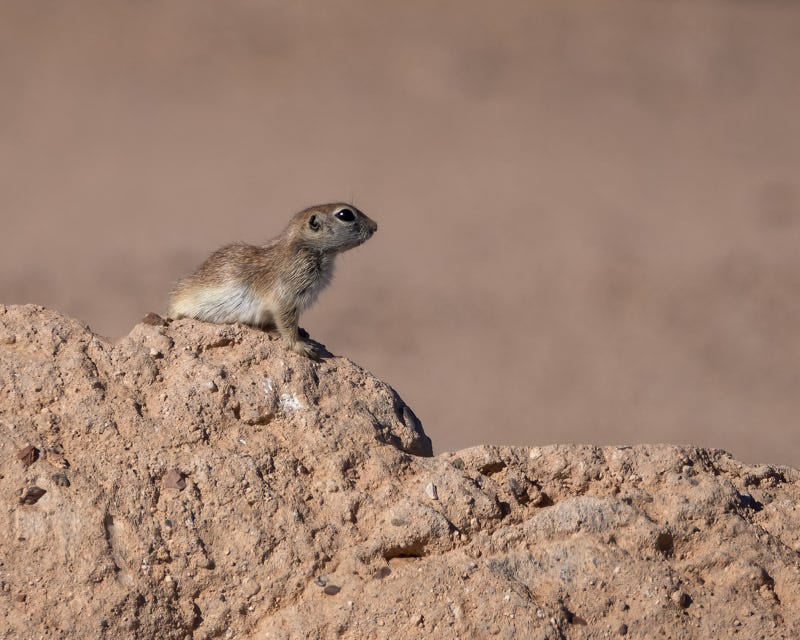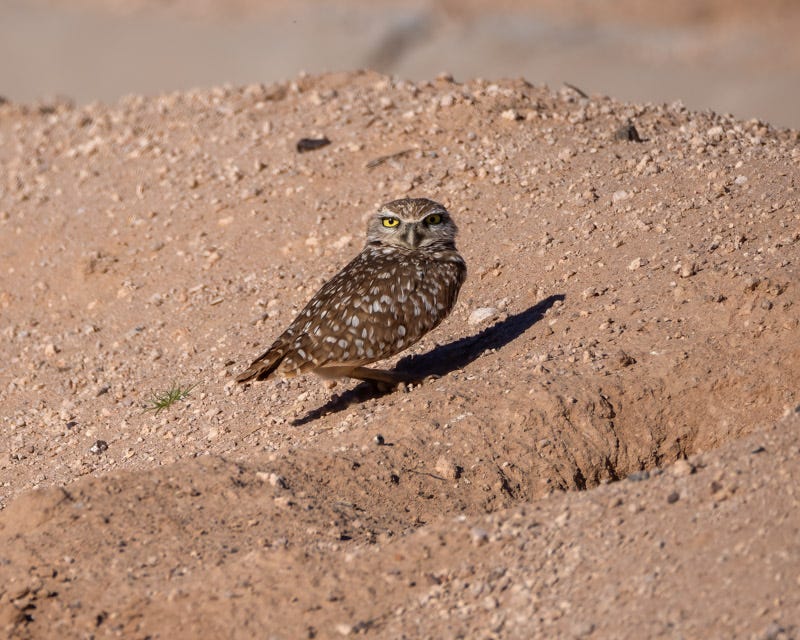The Final Morning of the Yuma Trip
A rewarding winter birding trek to Yuma
Sunrise was another great sight. One of our target birds on this trip was the Black Rail. This bird, described as "one of the most elusive birds in an elusive family" by the allaboutbirds.org site is known to winter in very small numbers along the southern portion of the Colorado River including Mittry Lake. To try to find this bird, we had to get to the water by sunrise.
Black Rails are part of the 'rail' family, which includes American Coots, Common Gallinules, and others. They are found in wetland habitats and especially marshy areas, so the miles and miles of this habitat along the river and Lake MIttry is where we headed. Unfortunately, our search resembled looking for a needle in a haystack. We did spend earnest time looking, but to no avail. Perhaps another trip to Yuma next winter will be warranted. However, we did enjoy the time along the water and the small 'marshy' ponds at the edges of the lake. On our way back into town, we stopped at the "Yuma East Wetlands".
The Green Heron pictured above was in a canal that flanked the dirt road we walked on to get to the wetlands. This bird would let us get close, then fly ahead for about 15 yards, wait for us to approach, and then fly once again. It never left the canal or flew off, it just kept leading us on towards the Colorado River. Finally, at the river's edge the Green Heron left the canal and flew to a spot on the other side of the river.
The Yuma East Wetlands were just a short way upriver from where we had visited previoiusly at the Yuma Territorial State Prison location. The watercourse looked similar to what we had seen then. Near where the Green Heron landed was a perched Great Egret. Great Egrets are over four feet tall, so you can imagine how tall the reeds and vegetation was on the river banks.
Here is a close-up of the Great Egret.
We finished our walk, headed to lunch and then began the 240 mile trip back to Tucson. Along the way we stopped at Dateland for one of their famous date milkshakes. We decided to make a detour through Spot Road Farm, off of I-8, to check for farmland birds. Along one deep irrigation canal we saw a Greater Yellowlegs. This is a long-necked, small-headed shorebird with, yes, yellow legs. Its bill is longer than the one of the Lesser Yellowlegs. This bird may have been migrating through the area and was attracted to the abundance of water on the farm.
A Round-tailed Ground Squirrel stood guard atop a large rock. By being out and about, this squirrel's presence let us know that we were past winter in southern Arizona.
Just beyond the Ground Squirrel, we came across an area that had a number of Burrowing Owl burrows. One bird was outside of its burrow, checking us out as only Burrowing Owls can do.
No matter which way its body was facing, the Burrowing Owl kept an eye on us. Owls are known for being able to turn their heads around. Features of their neck vertebrae allow them to turn their heads 3/4 of the way around (275°) in either direction. They cannot turn their heads completely around. Owls have 14 bones in their neck compared to the 7 neck bones we humans have.
A Burrowing Owl flew up to the top of the earthen berm with weeds and crops behind it. Burrowing Owls are 'famous' for being active during the daytime. They have long legs and short tails. This bird seemed to be saying "howdy" to us. Birdnote has one of my favorite stories on Burrowing Owls.
The last birds on the farm was a large flock of Least Sandpipers. There would be a handful on the earthen berm, and then they would take off as a large group flushed from what we guessed was a large watered field behind the berm. Most of the birds would land, hidden behind the berm while a few would land on top of the berm. Least Sandpipers are the smallest of the small sandpipers known as "peeps". They winter along the southern states but will be heading up to their breeding grounds in northern Canada any day now.
We made it home after a very interesting weekend in Yuma County.
Next up, a Costa's Hummingbird glows on one of our recent overcast days in Tucson.



